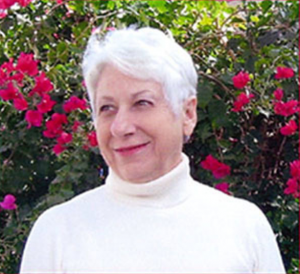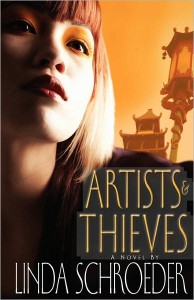Take
your kids to Disneyland and they will ride things that scare you or keep you
singing It’s A Small World After All for the rest of the week. Take your kids
to Legoland and you can learn what writing is all about.
Now
I admit that is an odd thing to say. But I recently spent the day with my
granddaughter at Legoland. It is not such a hectic place as Disneyland so I had
time to wonder who thought to build it. And that led me to wonder why we
writers build stories. I’m a firm believer that you can, indeed, compare apples
and oranges. So I stand by the following four comparisons between Legos and
writing.
1.
Both Lego builders and writers deal in illusions. Both try to shape something
that viewers think is real. Is that elephant real? Is Hamlet real? It’s all in
the details. If you are precise, detailing what things look, feel, taste,
sound, or smell like, readers will believe you just as kids believe the
elephant at Legoland is real. In Artists
& Thieves I created a “sensory overload” scene in a jazz club in
Cannery Row with a lot of vivid colors, sounds, tastes, and emotions for the
characters. I had real singers perform, but all else was fiction. Readers tell
me they looked for the club but couldn’t find it.
2.
Both build elaborate structures with little interlocking pieces. Legos come in
two basic shapes, rectangles and squares. But some are bigger than others. And
some are cylinders. From these limited shapes, very patient people construct
tiny cars and two inch people. They build a life-size Darth Vader and a Volvo.
They also build replicas of cities like New York and Las Vegas, huge long units
that form skylines about as tall as adult visitors. It helps that their fingers
are flexible.
Writers
build with words, some are tiny, some long, some are loaded with hidden
meanings, some crystal clear. There are at least three quarters of a million of
them in English. That’s a lot of construction blocks. It is the writer’s job to
interlock them into sentences, fit them together to build small haiku poems or
long novels. It helps if the writer’s brain is flexible. It helps if the words
are chosen carefully: a character who simply walks down stairs is not as vivid
as one whose too large shoes slap loudly on the steps; a character who
“ponders” which way to go when fleeing a killer doesn’t seem credible.
3.
Legos come in bright and neutral colors. The variety helps distinguish parts.
So does variety in sentence structure. Write only with single syllable words?
Not so interesting. Write only noun-plus-verb sentences? Boring. Dialogue adds
color. When my character Hunter searched the heroine’s room for a stolen bowl,
I didn’t tell the reader he knew she was a liar but the dialogue conveyed it:
Give
up,” she said. “That bowl is on its way to China.”
“And
you are Snow White,” Hunter said.
4.
One last comparison. Breaks. Benches.
Shade. Iced drinks. We need to rest in the midst of activity. We also need to
catch our breath in the midst of a tense story. Give the reader some ice tea
like an easy description or incidental dialogue between secondary characters.
One reason some people read the end of a story first is so they won’t have to
worry all the way through about what is going to happen to the hero. So be kind
to the reader and provide some rest stops along the way.




